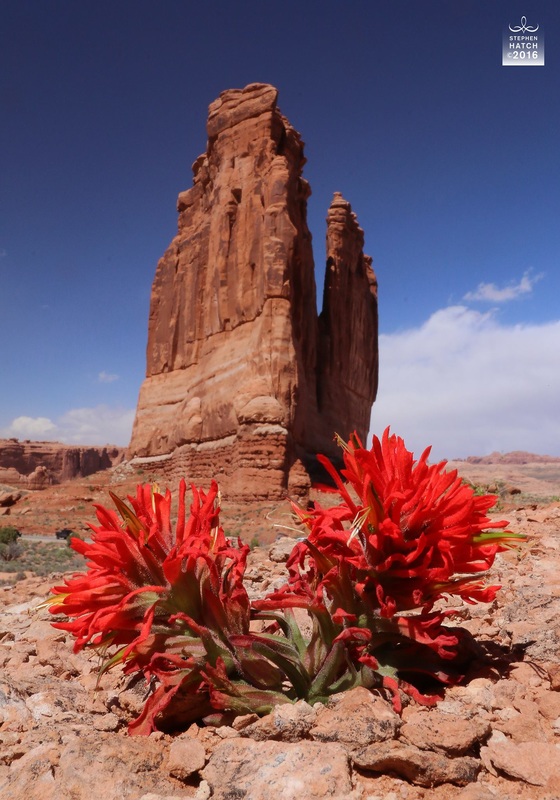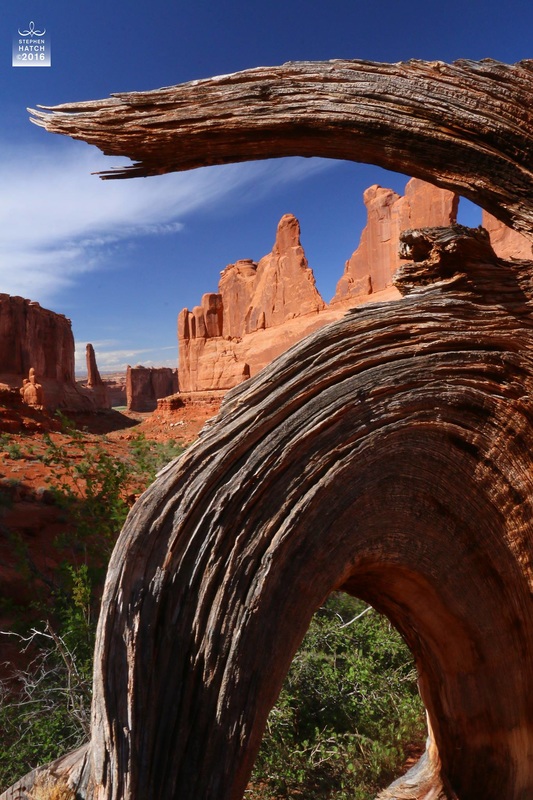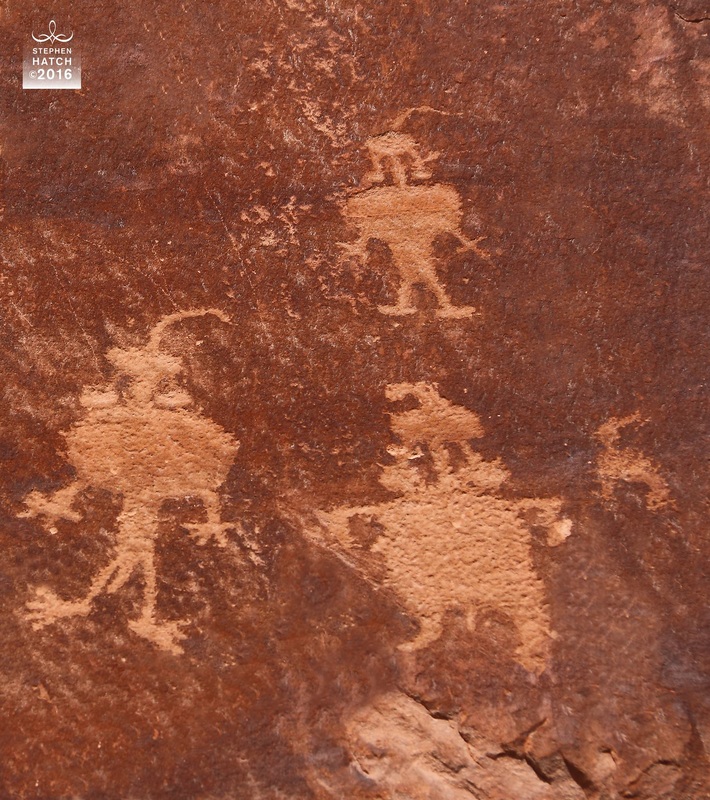|
Mother's Day brought up some interesting issues for me. I've just finished teaching a university class, which means I'd had to put my mind into "oppressed group" mode. Universities are all about making sure that they are at the forefront of helping to right past wrongs, and for this they are to be commended. However, this can get quite complicated when you have various oppressed groups with needs that often seem at odds with each other. For example, for many years, quite a few feminists have been pointing out that we need more female- and woman-oriented figures to represent the Divine in the world religions. In my classes on Christian Mysticism, therefore, I have worked long and hard to develop a new theology, one that includes the Sophianic Trinity as a complement to the traditional male or "Holy" Trinity, and a view of Christ that includes Mary Magdalene as a complement to Jesus. In fact, I have an icon I use that shows Jesus and Mary seated next to each other as equals. I'm convinced, as Cynthia Bourgeault points out, that Jesus learned just as much from Mary as Mary learned from Jesus. Here, in dealing with the Sophianic/Holy Trinity and with Jesus/Mary, I'm careful to use "he" and "she" language equally on the one hand, and "Father" and "Mother" language on the other to make sure the balance is maintained. However, this past semester, I discovered that some people sensitive to the issues of another oppressed group - LGBTQ - often find they can't relate these sorts of images to their own experience. I discovered that not only do increasing numbers of young students not find themselves in the "male" or "female" category, they also don't place themselves on the "spectrum" model that would place them somewhere between the two. They call themselves "non-gender-conforming" and don't want ANY of the male-female language to be used. This is where the terms "ze" and "zir" come in as alternatives. In fact, some of these students don't even want masculine-feminine language to be used to refer to the polarity that exists within EVERY person, regardless of their gender. In addition, some members of this group don't want even to use the word "gay" or "lesbian" because this would imply that two MALES or two FEMALES are romantically involved, which goes against the non-gender-conforming model. Another example is a student in my class this semester who didn't like Julian of Norwich's reference to "Our MOTHER Jesus" because she felt this still necessitated adherence to the male-female polarity, which she found oppressive. In any case, to serve the rightful needs of this particular group, I'm convinced we need a new iconography - supplementary to the male-female examples I've been using - one that depicts two males, one with two females, and one showing a more androgynous couple. Then, on Mother's Day, I found myself in Native American mode. If ANYONE has been oppressed, it has certainly been our Native Peoples. In indigenous philosophy, one aspect of the Divine - the Earth - is traditionally referred to as female and as a Mother. For example, I quoted Winona LaDuke yesterday, who said: "Women, all females are the manifestation of Mother Earth in human form." For the Dineh (Navajo), the two aspects of the Divine are regularly referred to as "Mother Earth" and "Father Sky." For the Lakota, we have Unci Maka (Grandmother Earth) and Tunkashila (the more transcendent-oriented "Grandfather," who generally corresponds to "God"). But sometimes feminist scholars criticize the Native use of "Mother" to describe the feminine divine because they don't believe women should be reduced solely to their motherly role. However, comments like this rightfully draw the ire of many Native Americans, including Ward Churchill, who views this as one more example of the dominant society's impulse toward “colonization.” Other feminists don't like the indigenous association of Earth and body with the divine feminine, because they believe this excludes intellect as a major aspect of women and of females in general. Native scholars are quick to point out, however, that for them, the physical and intellectual realms are not separate, as they are for Western European-oriented philosophy. Thus, for example, Laguna Pueblo writer Paula Gunn Allen says that “The planet, our mother, Grandmother Earth, is physical and THEREFORE a spiritual, mental, and emotional being.” Interestingly, many Native Peoples value gay and lesbian persons, and view them as having unique gifts needed by the tribal nation as a whole. However, they often call them "Two-Spirits," a term I personally love, but which then puts them at odds with non-Natives who see themselves as non-gender-conforming. Some would throw up their hands and say we need to ditch all gendered language and speak of a divine presence who is BEYOND male and female or masculine and feminine. However, I would claim that "transcendence" - the quest to detach, move beyond these two, and become more non-personal - is actually a MASCULINE energy, and therefore puts us right back into the polarity. For me, a modified Trinitarian model, where one pole is a masculine presence, another is a feminine presence, and the third or middle position - the realm of the traditional "Holy Spirit" which each of us occupies and which is tasked with bringing the two together - is genderless. In any case, for me, the answer is to dance back and forth between each of these seemingly opposing concerns - stitching them together within a larger Web in the process - all the while attempting to be sensitive to each, and seeking to reveal how each position has a valuable contribution to make in our understanding and awe of the Divine. At the same time, I believe we all could use a greater dose of HUMOR, realizing that there is a trickster component to the Divine which seemingly LOVES putting us all into these sorts of quandaries. Perhaps all of us, therefore, would do well simply to relax a bit and take a cosmic "CHILL PILL" :) Photos: Various scenes from the Moab (UT) area, April 23-25, 2016 For Spiritual Direction or Workshops, please visit: http://www.resourcesforspiritualgrowth.com/
0 Comments
Leave a Reply. |
AuthorStephen Hatch, M.A. is a spiritual teacher and photographer from Fort Collins, Colorado. His approach is contemplative, inter-spiritual, and Earth-based. Archives
June 2016
Categories |



 RSS Feed
RSS Feed
